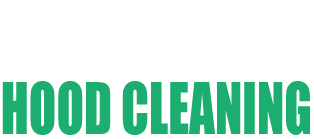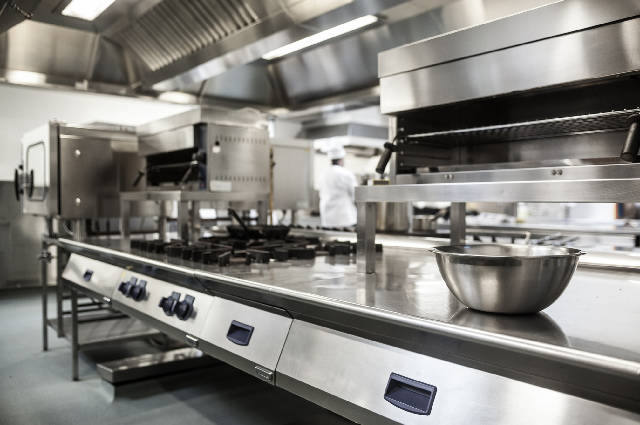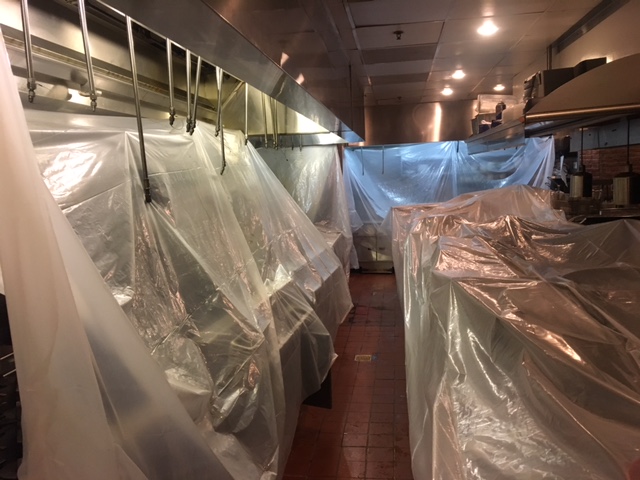Top Ten Mistakes to Avoid in Restaurant Hood Cleaning for San Jose Operators
Introduction
Restaurant operators understand the significance of adhering to strict hygiene standards when it comes to maintaining cleanliness in their establishments. One vital aspect of this is hood cleaning – which involves extracting grease, oil and other contaminants from kitchen exhaust systems – but there are some mistakes commonly made by operators in San Jose and elsewhere when it comes to this task. We explore 10 missteps restaurant operators should avoid when it comes to hood cleaning for further insights on maintaining safe environments for their patrons.
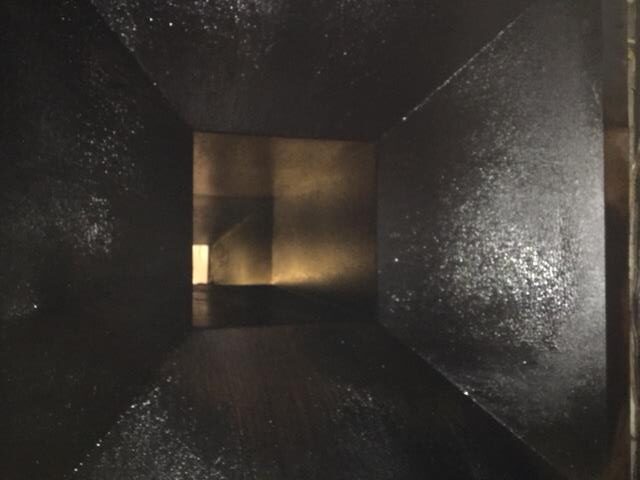
Before delving into common hood cleaning mistakes to avoid, it is essential to understand why proper hood cleaning is such an integral component of restaurant operations. Kitchen hoods and exhaust systems play a pivotal role in extracting smoke, steam and airborne particles from the cooking area to provide a safer and more pleasant environment for staff and customers. Failing to regularly maintain them may result in build-ups of grease that pose potential fire risks, insufficient ventilation, foul odors or health code violations if neglected; now that we grasp its significance let’s explore some common mistakes to watch out for when undertaking such an endeavor.
Mistake #1: Irregular Cleaning Schedule
One of the key errors restaurant operators make is not adhering to a regular hood cleaning schedule. Routine hood and exhaust system cleanings must take place regularly to prevent grease build-up and ensure optimal performance – failing which may result in fire hazards, reduced airflow and higher energy usage. In order to avoid making this misstep in San Jose operations should set out an organized cleaning plan and adhere to it without fail.
Mistake 2: Hiring Inexperienced Cleaners
Hood cleaning requires special expertise, so hiring untrained or inexperienced cleaners could be disastrous for San Jose operators. Proper techniques, equipment usage and safety protocols must be observed to ensure effective and thorough cleaning services with proven track records of excellence and expertise are employed for successful hood maintenance services.
Mistake 3: Neglecting Hidden Areas
Hood cleaning involves more than simply the visible surfaces; many operators make the mistake of overlooking important parts such as ductwork, fans, and exhaust vents that might require cleaning over time due to accumulations of grease and contaminants that could pose fire risks or compromise air quality. San Jose operators should make sure their hood cleaning service includes comprehensively cleaning these components as well.
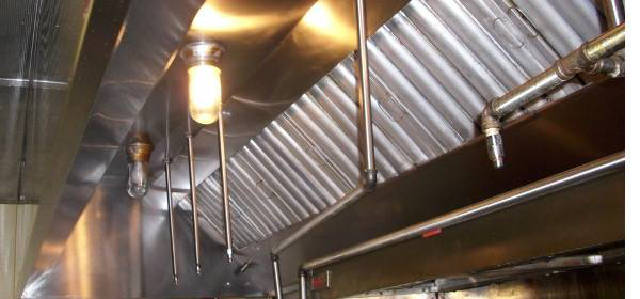
Mistake 4: Failing to Document Cleaning
Proper documentation of hood cleaning is crucial for several reasons. First, it demonstrates compliance with health and safety regulations during inspections. Second, it serves as a record of maintenance history – which may come in handy later for insurance claims or warranty claims. Operators in San Jose should make sure their hood cleaning provider offers detailed documentation following every cleaning session.
Mistake 5: Utilizing Harsh Chemicals
While grease removal is important, using harsh chemicals may prove costly to your hood and exhaust system. Harsh chemicals may corrode surfaces leading to costly repairs or replacements and leave behind harmful residues which compromise food preparation areas. San Jose operators should carefully select a hood cleaning service provider that uses safe yet effective cleaning products when selecting their service provider.
Mistake 6: Neglecting Fire Suppression Systems
Hood cleaning and fire suppression systems go hand in hand, yet many operators make the mistake of overlooking their maintenance and inspection during hood cleaning services in San Jose. An improperly functioning fire suppression system could prove catastrophic during an outbreak; operators should ensure their hood cleaning service includes inspection and maintenance for this aspect of their safety plan.
Mistake 7: Improper Disposal of Grease
Careless grease disposal poses both an environmental and fire hazard risk. Many operators make the mistake of pouring it down the drain, leading to clogged pipes and backups in San Jose’s sewer systems. Operators should implement proper protocols for disposal by using grease traps or recycling services provided by local governments.
Mistake 8: Avoiding Regular Inspections
Conducting routine hood and exhaust system inspections is vital to identifying issues before they worsen, but failing to schedule them as part of a maintenance plan could leave undiagnosed issues undetected, such as damaged components, inadequate ventilation or malfunctioning fans. San Jose operators should include these inspections in their maintenance plan in order to keep their system in peak working condition.
Mistake 9: Lack of Employee Training
Restaurant staff play an essential role in upholding cleanliness and adhering to proper hood cleaning practices, but many operators fail to provide sufficient employee training on hood maintenance and cleaning practices. Therefore, San Jose operators should invest in comprehensive training programs designed to educate their staff on hood cleaning best practices, safety protocols and reporting any issues they encounter.
Mistake 10: Failing to Address Issues Promptly
Failing to take prompt action when it comes to hood cleaning issues can cause more significant issues later. Ignoring signs of grease buildup, strange odors or poor ventilation could result in fire hazards, health code violations and costly repairs; San Jose operators should prioritize swift action when it comes to addressing their hood cleaning concerns to maintain a compliant and safe working environment.
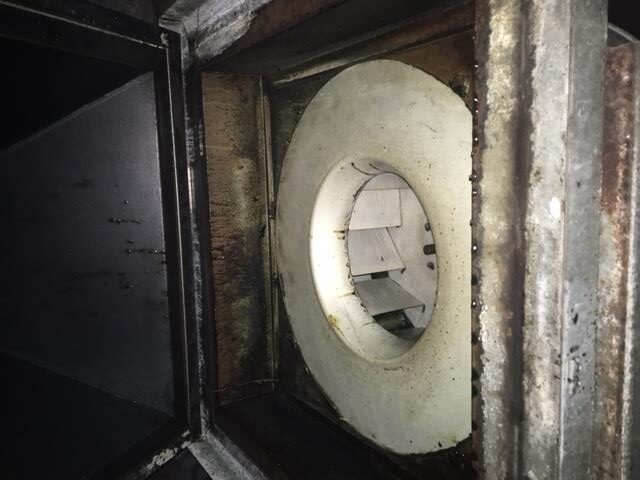
To learn more check our Frequently Asked Questions (FAQs).
Q: Should my restaurant in San Jose schedule professional hood cleaning regularly?
A: Depending on the cooking volume and intensity, professional hood cleaning should take place every three to six months.
Q: Am I allowed to clean the hood and exhaust system myself?
A: While regular maintenance tasks such as light dusting should be completed by restaurant staff, professional hood cleaning should only be conducted by experienced and certified cleaning services in order to guarantee thorough, compliant and safe cleaning procedures.
Q: Where can I find a reliable hood cleaning service in San Jose?
A: To locate an appropriate service in San Jose, seek recommendations from fellow restaurant owners and conduct online reviews before selecting an individual company that is licensed, insured and certified to clean hoods.
Q: What are the effects of insufficient hood cleaning?
A: Poor cleaning may lead to fire hazards, poor air quality, foul odors, health code violations, increased energy consumption and possible damage to both hood and exhaust systems.
Q: Should ductwork and fans be included when cleaning my hood and exhaust system?
A: Absolutely, to ensure complete removal of grease and contaminants.
Q: How can I properly dispose of grease?
A: Proper grease disposal requires using grease traps or recycling services provided by local governments; pouring grease down drains should be avoided.
Conclusion
Proper restaurant hood cleaning is crucial to creating a safe and compliant environment. By avoiding the top 10 mistakes outlined here, San Jose operators can ensure thorough cleaning, avoid fire hazards and promote optimal ventilation. Regular cleaning sessions, hiring experienced cleaners to address hidden areas and document cleaning sessions as well as training employees are all integral aspects of effective hood cleaning that create an enjoyable dining experience for customers.
